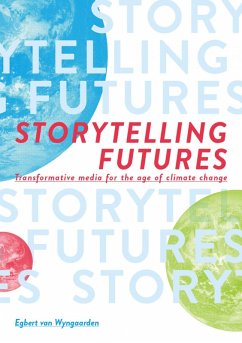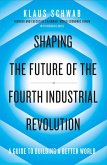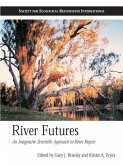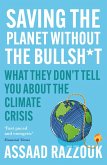It's "Code Red" for humanity. How do the media respond to that? This book is for anyone who's interested in using storytelling and media with the aim to shape desirable futures for humanity and all other forms of life on Earth. We're facing a host of serious, global, complex, entangled problems. Nuclear weapons, runaway technology, indestructible waste, resource depletion, overpopulation, pandemics, radicalization, species extinction, ecosystem loss, climate change. It's breathtaking, life-threatening and truly existential. How can anyone look such challenges in the eye without feeling desperate? If humans are the cause of these problems, being as inventive and ambitious as we are, we can also solve them. It's being tried, with some positive effects. But that is not enough. The obstacle seems to be less of a practical nature than a matter of awareness. It's our collective incapacity to feel and act according to what is genuinely beneficial for us and the world we're part of. Humanity lacks a vision of what a livable future - pluralistic livable futures - could look like. There are hardly any convincing, aspirational myths for people to root for. More often than not, stories about tomorrow are dystopias. In the hour of danger our imagination fails us. This is not accidental. It's critical. There is no longer any doubt that we'll only be able to survive on this planet if we radically change our way of life, our economies, our societies. To achieve this, stories and media need to lead the way. We must get better at working with probable, possible and desirable futures. This would be a useful skill for anyone. It's a duty for all those who shape and create realities in the media. As journalists, writers, filmmakers, game designers or XR-creators we can present what we care about to many different audiences. We reach people. We touch them. Our projects can be starting points for collective sensemaking and inspire citizens to become agents of change.
Dieser Download kann aus rechtlichen Gründen nur mit Rechnungsadresse in A, B, BG, CY, CZ, D, DK, EW, E, FIN, F, GR, H, IRL, I, LT, L, LR, M, NL, PL, P, R, S, SLO, SK ausgeliefert werden.









